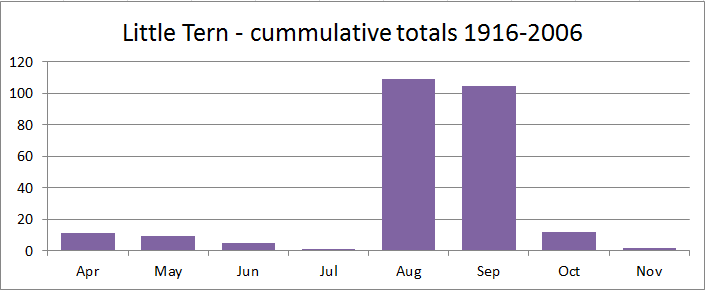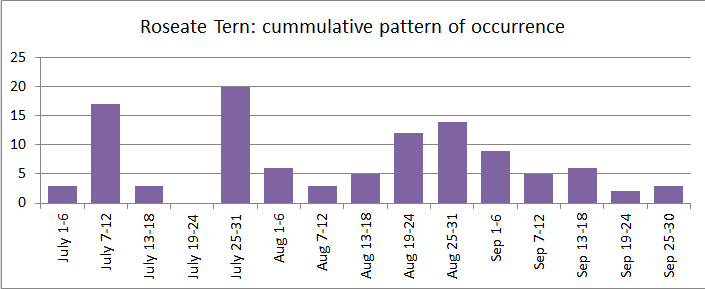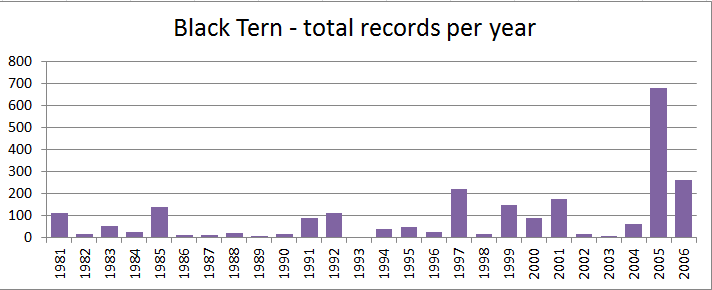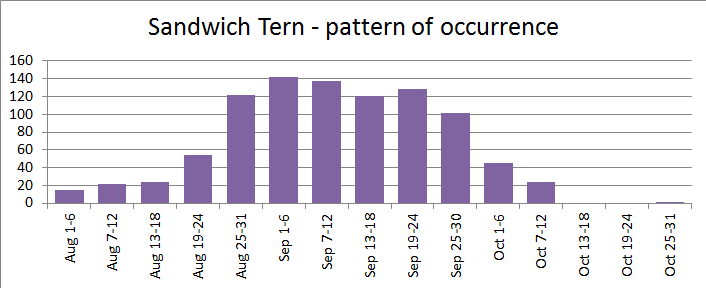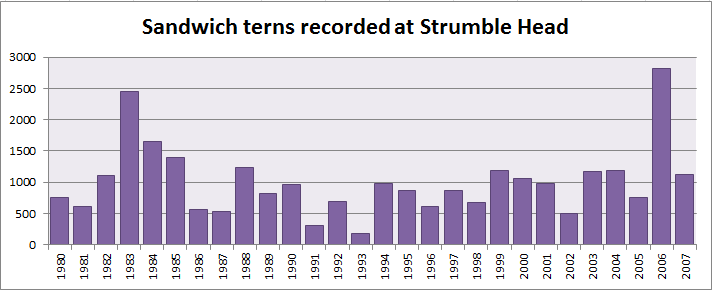Green Sandpiper - status
 Tuesday, July 19, 2011 at 8:31PM
Tuesday, July 19, 2011 at 8:31PM Tringa achropus
Passage migrant and winter visitor.
The Green Sandpiper breeds across the northern Palearctic from Scandinavia to Siberia, wintering south of this range as far south as Africa and Asia.
From the late 1800’s to the present, the Green Sandpiper has predominantly been an autumn visitor to Pembrokeshire. Throughout this period some have over wintered and a small erratic spring passage has been detected. They have been seen around many small pools, both on the mainland and offshore islands, in the upper reaches of estuaries around the zone where fresh water runs into salt water and overflying land including habitations.
Overall it is likely that this species has been under recorded, inasmuch as it can occur on quite small ponds and streams which are seldom visited by observers.
Graham Rees.
(Covers records up to and including 2006).
 GHR,
GHR,  Migrant,
Migrant,  Wader,
Wader,  winter in
winter in  Green Sandpiper
Green Sandpiper 


